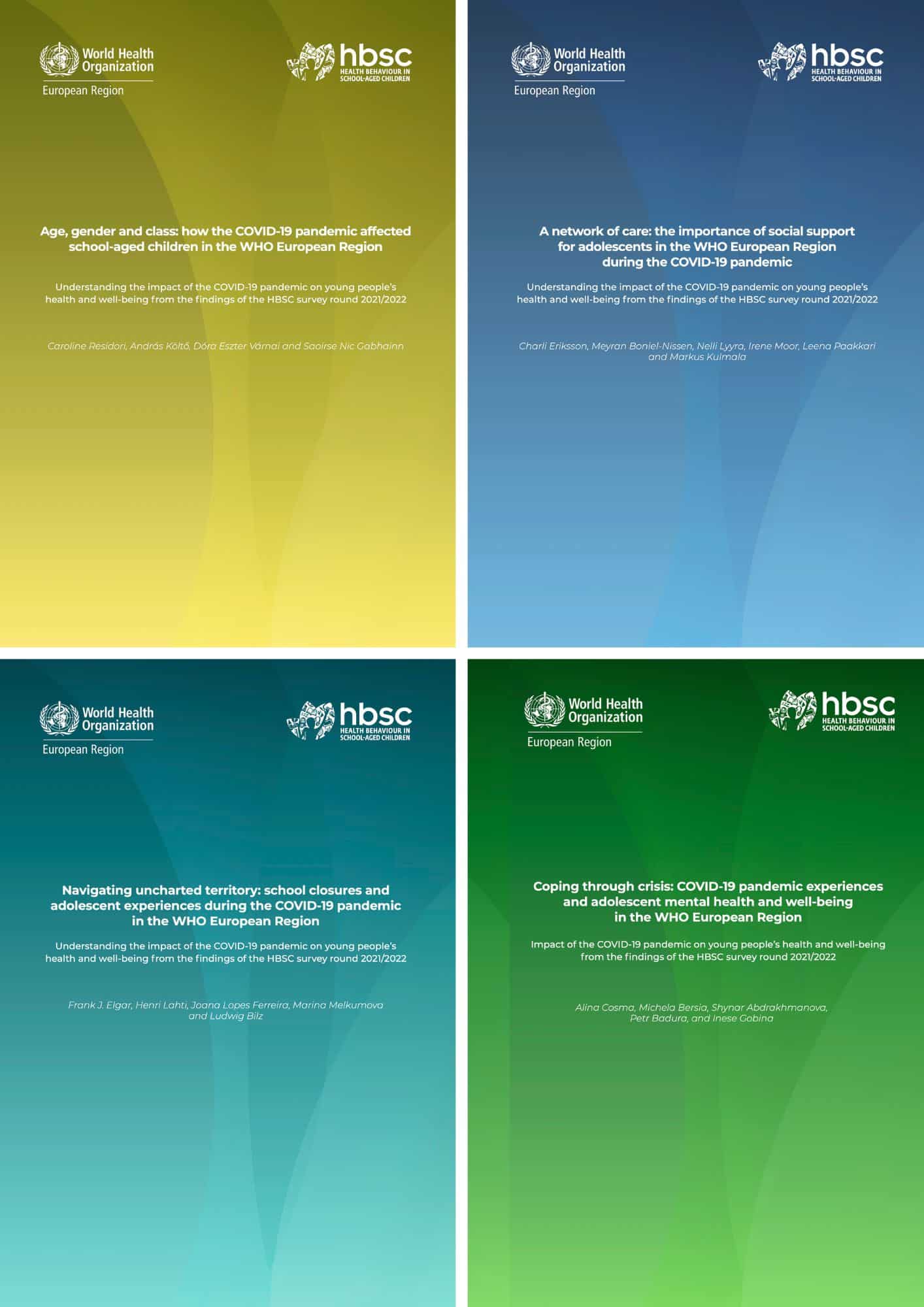The World Health Organization Regional Office for Europe has published critical data from the Health Behaviour in School-aged Children (HBSC) study which illuminates the unevenly distributed impacts of the COVID-19 pandemic on children and adolescents.
Key observations point to a particularly negative effect on individuals from lower socioeconomic backgrounds, those grappling with extended school closures, and those without of critical support mechanisms such as family and educators.
Demographic disparities
Disproportionately, older schoolgirls have borne the brunt of the pandemic’s effects compared to younger boys, especially in terms of their mental health. This critical finding highlights the pressing need for tailored interventions and robust support systems to alleviate the longer-term consequences for vulnerable groups within our young population.
Unpacking the reports
Four comprehensive reports, accessible via the links below, present data and insights from the HBSC survey conducted during 2021/22. They explore a wide array of issues, encompassing the roles of age, gender, economic background, social support structures, and school closures in shaping young people’s pandemic experiences.
Dr Hans Henri P. Kluge, WHO Regional Director for Europe, emphasizes, “COVID-19 has had an unequal impact on children and adolescents, particularly those from more disadvantaged backgrounds, whose schools were closed for a long period of time, and who lacked support both at home and school,”
“new data show that older schoolgirls experienced greater negative effects, especially on their mental health. This calls for urgent action, such as better support at home, at school, and in their social and extracurricular activities. By tackling these disparities and strengthening social support, we can create an environment that protects the well-being of our children and youth during and beyond these crises,” Dr Kluge added.
Key findings and implications
One of the reports reveals the complex nature of the pandemic’s impact, showcasing how geographical differences, local health measures, and sociopolitical and cultural contexts shape adolescents’ experiences. A noteworthy proportion, between 15% and 30%, reported negative impacts across various domains.
The pandemic’s adverse effects primarily revolve around mental health, physical activity, and school performance. Nonetheless, some positive outcomes were observed, including enhanced relationships with family and friends due to enforced close contact in homes and other settings because of movement restrictions.
While factors such as age, gender, and socioeconomic background played a role, the reports underscore that four key sources of social support—family, teachers, classmates, and peers—had a substantial impact in mitigating the pandemic’s effects on adolescents. Alarmingly, less affluent adolescents were more likely to report negative pandemic impacts, despite receiving similar social support levels as their wealthier peers. This finding underscores the pressing need for additional support for vulnerable populations.
Mental health focus
The mental health-focused report includes significant findings, such as 30% of young people reporting a negative impact on their mental health and 16% reporting low life satisfaction. Girls [appeared more affected], and the low life satisfaction rate increased with age for both genders, with the gender difference approximately doubling at ages 13 and 15.
Negative impacts on school performance and relationships correlated with poor mental health and well-being, including low life satisfaction and increased levels of psychological and physical health complaints.
Support systems and school closures
One pivotal finding across the reports is the key role of social support in reducing the pandemic’s negative effects. The extent of adolescents’ perceived impact correlated closely with the support they received from family, teachers, classmates, and peers. Those who reported positive impacts were more likely to have received high social support across all four sources compared to those reporting neutral or negative impacts.
The data reveals an alarming average of 138 school closure days across 22 countries and regions from January 2020 to December 2022, which significantly impacted adolescents’ education and school pressure. Girls, older adolescents, and those experiencing more school closure days reported higher levels of school pressure.
Next steps and recommendations
These findings necessitate immediate action and policy interventions tailored to the unique needs of children and adolescents during current and future crises. WHO/Europe and the HBSC study urge nations, communities, and school administrators to consider the following:
Implement policies and programs that create supportive environments in schools, families, and peer groups to promote and protect young people’s mental health. This includes fostering safe spaces for open conversations, promoting mental health awareness, implementing anti-bullying policies, training teachers on emotional support, and cultivating a culture of empathy and understanding.
Tailor mental health support programs to be adolescent-friendly and reflect age and gender variations. This can involve training mental health professionals on adolescent-specific issues, ensuring services respect adolescents’ privacy and confidentiality rights, and addressing gender-specific barriers to care.
Acknowledge the crucial role families and peers play in aiding adolescents to cope with challenges and maintain positive mental attitudes.
Develop initiatives to support parents in strengthening their relationships with their children, acknowledging the essential role of family support during crises. Potential strategies can include workshops on effective communication, stress management, conflict resolution techniques, and resources on child development and mental health.
Equip teachers with the necessary training and resources to offer robust student support and foster safe, inclusive classroom environments, even during physical distancing or remote learning scenarios.
Provide additional support to less affluent adolescents, acknowledging their higher risk of experiencing negative impacts during health crises.
View the reports (English)
